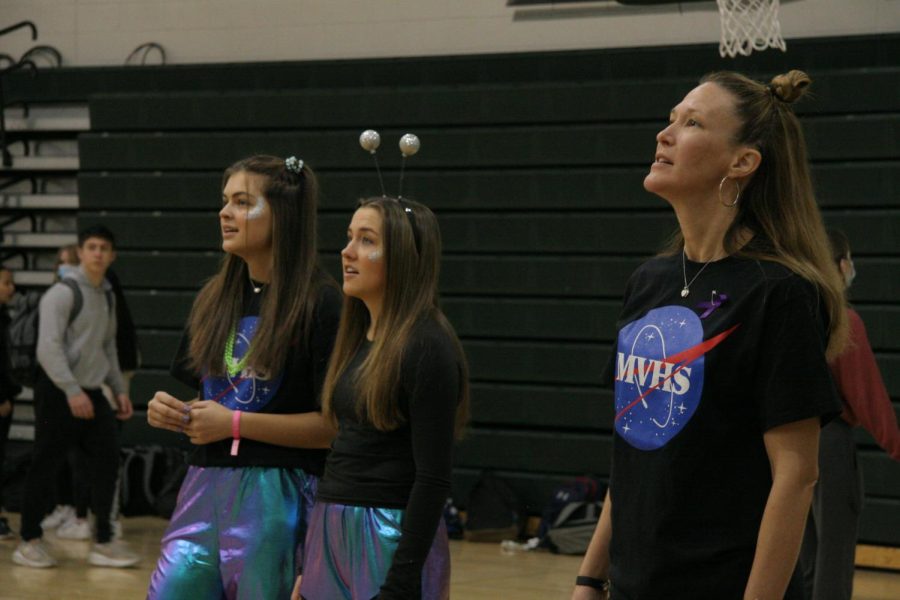Contrary to popular belief, NASA’s latest discovery is not just dust on the telescope lens. Announced on Weds., NASA’s Spitzer Space Telescope has unveiled the first known system of seven Earth-size planets that revolve around a single star; much like the Milky Way. Three of these newly discovered planets are located in the habitable zone; the area that is most likely to be rocky, possesses water, and most importantly, is capable of creating a safe space for life.
With this in mind, this new discovery called TRAPPIST-1 (Transiting Planets and Planetesimals Small Telescope) sets a new record for the greatest number of habitable planets found around a single star outside of the Milky Way Galaxy.
“This discovery could be a significant piece in the puzzle of finding habitable environments, places that are conducive to life,” Associate Administrator of the Agency’s Science Mission Directorate in Washington to NASA Thomas Zurbuchen said on Weds. “Answering the question ‘are we alone’ is a top science priority and finding so many planets like these for the first time in the habitable zone is a remarkable step forward toward that goal.”
Even though the planets are out of the solar system that we call home, they are still within reach and are about 40 light years (about 50 years) from Earth and are located in the constellation Aquarius.
In May 2016, NASA’s researchers began using TRAPPIST and soon later announced that they had discovered three planets in another solar system. With the help of several ground-based telescopes, Spitzer confirmed the extraordinary existence of these two planets and an additional five planets. This increased the known number of planets in this small system to seven.
“We have made a crucial step towards finding life out there,” University of Cambridge scientist Amaury Triaud said. “Up to now, I don’t think we have had the right planets to find out. Now we have the right target.”
Once again, NASA begins to put the future and the question of ‘Are we alone in space?’ into perspective with their new evidence. The new results of the TRAPPIST-1 discovery were published Wednesday in the journal Nature, and announced at a news briefing at NASA Headquarters in Washington.









































![NHS kick off thoughtful Thursday by having students write words of encouragement to each other. “[we want to spread positivity and show] we all have the same heart,” Francis Meehan, 12, said. These notes of positive things were taped onto lollipops and given out at the end of the day.](https://vistanow.org/wp-content/uploads/2021/11/unnamed-18-900x675.jpg)